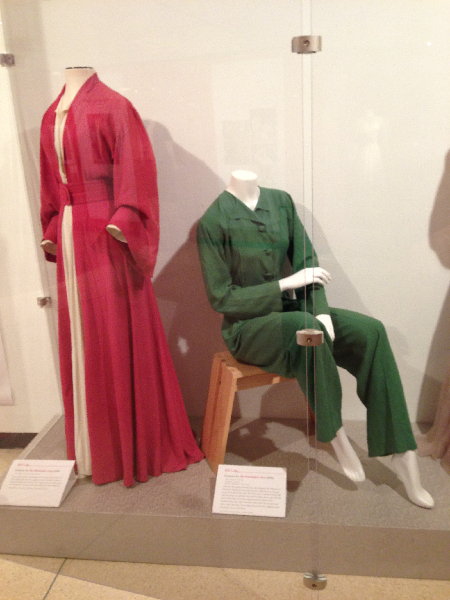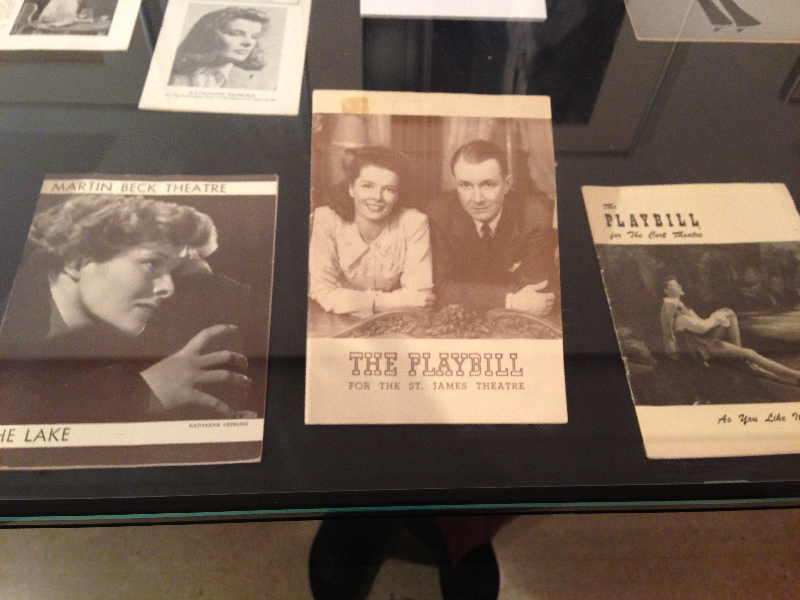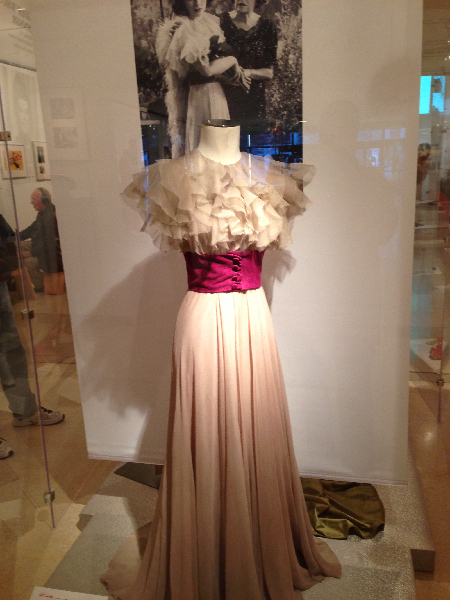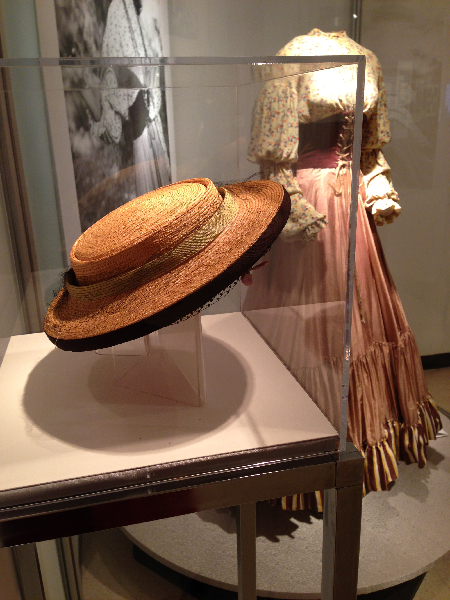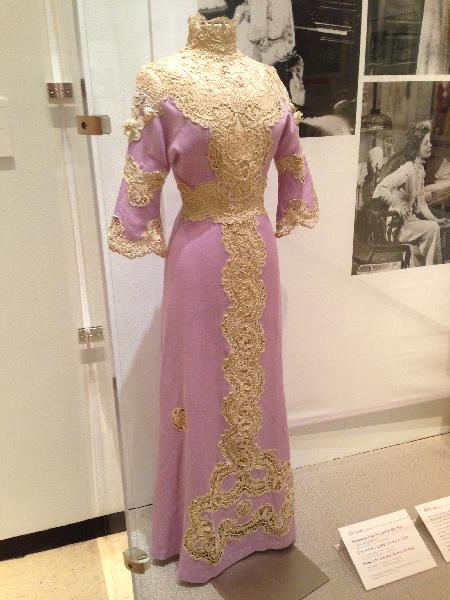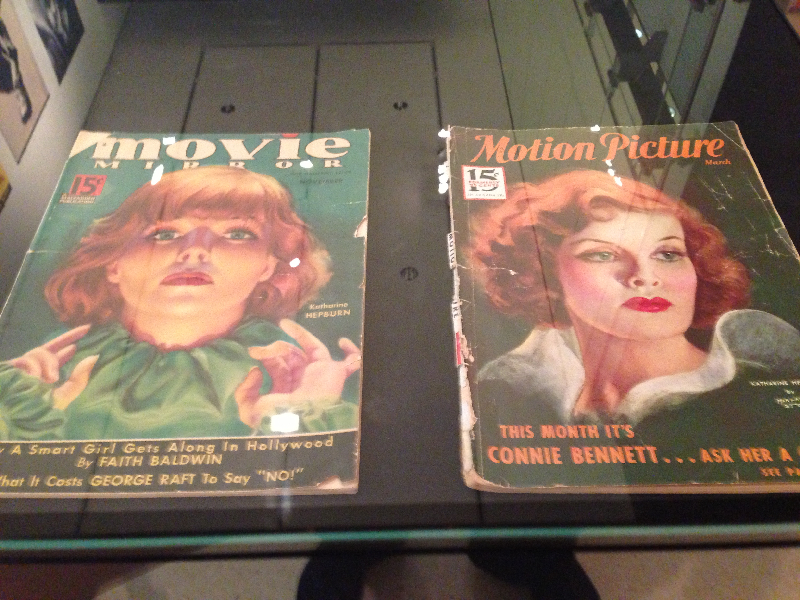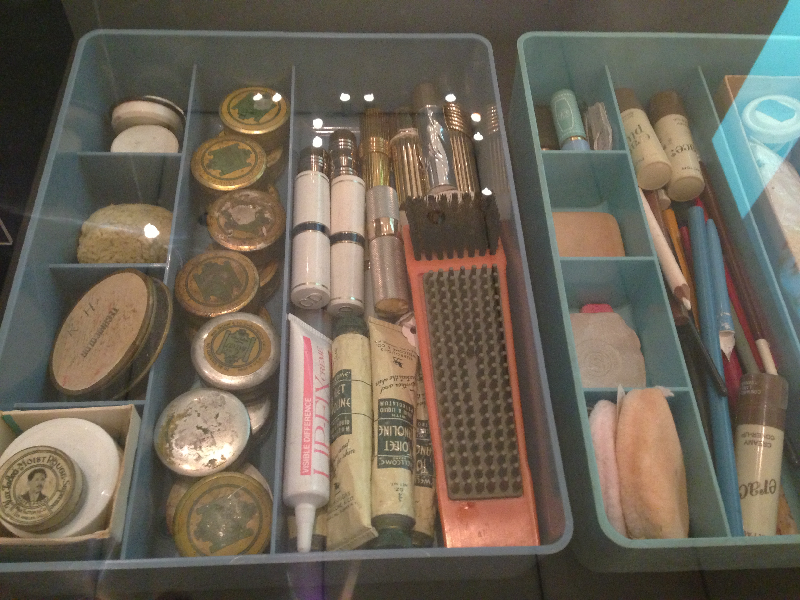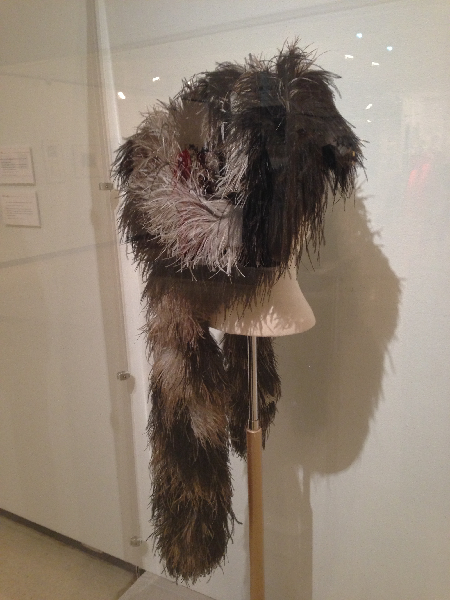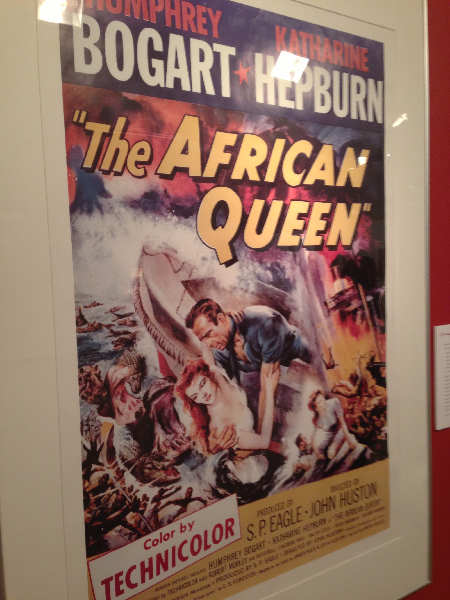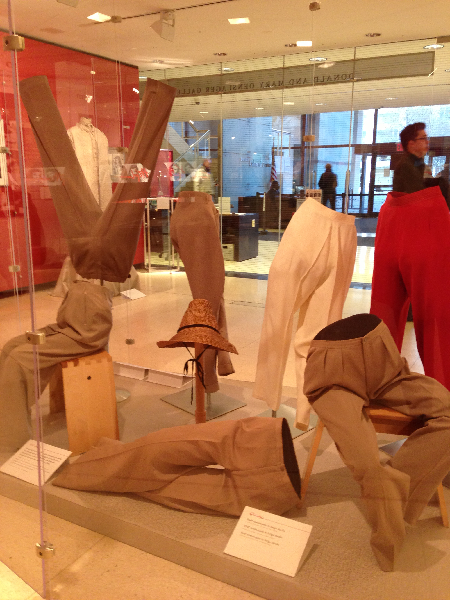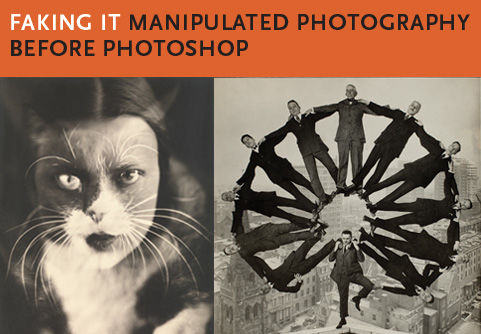
Goodspeed Opera House is 50 years old, sitting pretty on the Connecticut River. The house itself feels a bit saggy, as well as charming. You can imagine it–the well worn seats, the raised stage like in your high school auditorium, the sound of tappers warming up before the orchestra hit its first note.
I thought, “it’s okay. I’ll just leave at intermission.” That is, until the show started. Each cast member was the perfect physical type for the role and could sing and dance. Beef, the football player, can jete! And they make the most of the tiny stage by choreographing up, not out.
No wonder the New York Times ventures out to review its three summer musicals.
The show Good News gave Ginger Rogers her break out role when it premiered in the 1920s. Later, June Alyson was in a lukewarm movie version, but she’s pretty adorable. If you are into the video thing, this hilarious 1930 version is much more in the spirit of the show I saw today. This young, frothy cast has done them all proud.

The songs by DaSilva, Brown, and Henderson, not exactly household names, are a delight, with a bunch of standards set in a perfectly silly book. There are some good lines though:
“Love is for idiots,” says the astronomy student.
“Yeah, they’re better at it than we are,” laments the astronomy professor.
Each song is a wow, several with improbably good dancing. “You’re the Cream in My Coffee” is the perfect love song, sung by the football coach and astronomy professor, as is “Button Up Your Overcoat” crooned by the vivacious Tessa Faye in the Rogers’ role, along with the ugly duckling Bobby she energizes as he heads in to play in the big game.

Tessa Faye with the football team singing “I Just Wanna Be Bad”
I totally subscribe to the Good News philosophy: Life is just a bowl of cherries, don’t take it serious!



 The
The  ghtful to be sure, hearing her sing Julie Jordan, I didn’t know she had that kind of voice in her. Every time she opened her mouth, tears rand down my cheeks. Nathan Gunn is a huge baritone, spoken and singing, and his Billy, well it’s a match for her Julie.
ghtful to be sure, hearing her sing Julie Jordan, I didn’t know she had that kind of voice in her. Every time she opened her mouth, tears rand down my cheeks. Nathan Gunn is a huge baritone, spoken and singing, and his Billy, well it’s a match for her Julie. Stephanie Blythe will never be accused of acting, but hearing her sing “You’ll Never Walk Alone” with the walls trembling is noble.
Stephanie Blythe will never be accused of acting, but hearing her sing “You’ll Never Walk Alone” with the walls trembling is noble. Although I really shouldn’t be surprised. From what I can tell, even the divine Tiler Peck, from the New York City Ballet, can sing, and her second act ballet? She’s a gorgeous being. Only John Cullum appears to have no voice, but he was so perfect in the role of Dr. Seldon. Kate Burton took the throwaway role of Mrs. Mulin, maybe just to be in the company of this company!
Although I really shouldn’t be surprised. From what I can tell, even the divine Tiler Peck, from the New York City Ballet, can sing, and her second act ballet? She’s a gorgeous being. Only John Cullum appears to have no voice, but he was so perfect in the role of Dr. Seldon. Kate Burton took the throwaway role of Mrs. Mulin, maybe just to be in the company of this company!



